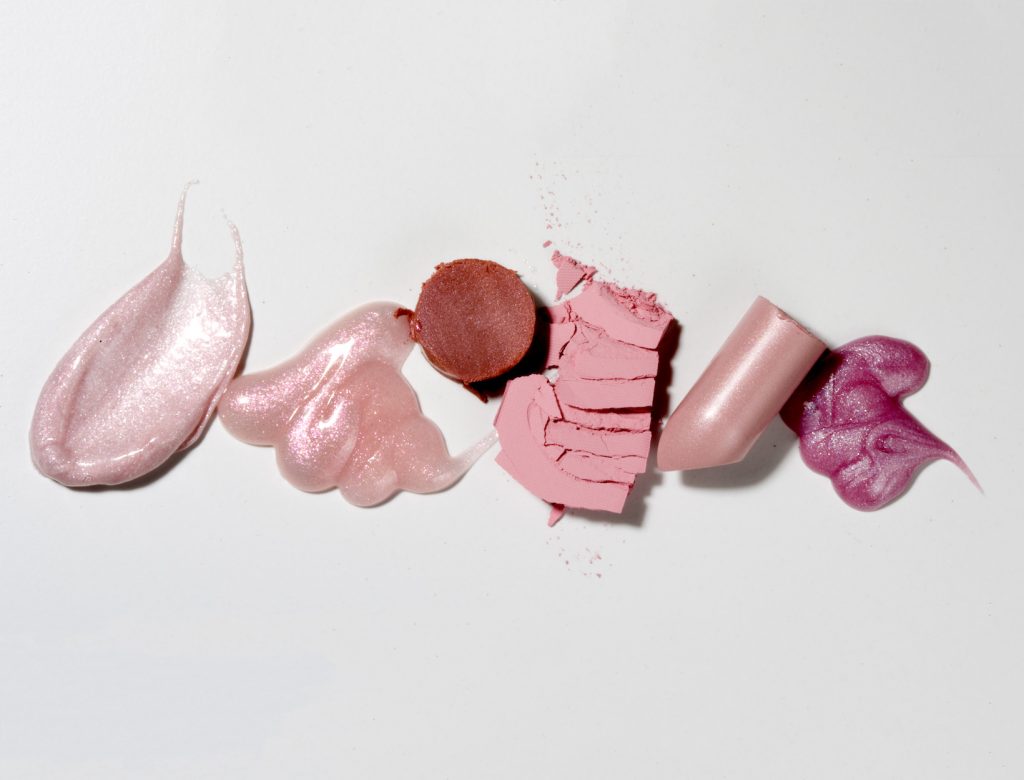
Asbestos in Makeup For Kids Is Legal–and Totally Happening in this Country
If you still trust that the cosmetics industry has our safety at heart, know that asbestos—a proven, deadly carcinogen—recently found in children’s makeup is still perfectly legal in the U.S. Researchers found asbestos in seventeen products designed for kids to put directly on their skin (eyeshadow, glitter powders, etc); all were for sale at Claire’s stores (the company has since pulled the products and disputed the claims). This news mirrors a 2017 investigative report that found the toxic substance in kids’ shimmer powder sold at Justice stores.
No level of exposure to asbestos is safe, yet companies are allowed to manufacture goods with it as long as it accounts for less than 1 percent of the product, says Scott Faber, senior vice president of the Environmental Working Group, a public advocacy group in Washington D.C. that we’ve partnered with on numerous occasions to try to influence the lack of regulation in the personal care industry. This is unacceptable, of course–particularly when we’re talking about substances made for children to put on their skin. “America is a global laggard when it comes to asbestos,” says Faber. (In 1989 the EPA issued the Asbestos Ban and Phase-Out Rule that aimed to put a complete ban on the importation, manufacturing, and sale of asbestos-containing products–but it was overturned several years later as the result of a lawsuit filed by manufacturers against the EPA.) Asbestos is outlawed in more than fifty countries; ours chooses profit over safety.
This is why we’re so passionate about clean, non-toxic beauty here at goop: Nobody should have to put ingredients linked to disease, hormone disruption, and irritation on or into their bodies. We believe in—and will continue to advocate for—total labeling transparency, and to use only products we know are fully clean, transparent, and non-toxic.
For more on asbestos, here are a few good places to read about the dangers and where it’s commonly found: Occupational Safety and Health Administration; Environmental Working Group; Mesothelioma Cancer Alliance; Agency for Toxic Substances & Disease Registry; and The American Association for Justice.